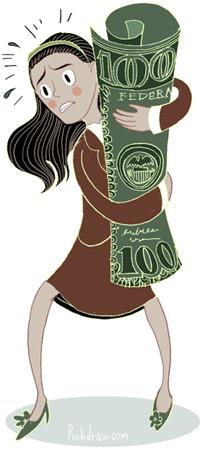
This led to a further barrage of criticism adding huge pressure on the brand. “To repeat: we welcome your comments, but don’t post using an altered version of any of our logos as your profile pic-they will be deleted,” Rather than acknowledging the comments Nestle deleted many of them and posted the following message. Nestle’s Facebook page was overrun with people begging Nestle to stop using palm oil and killing the orangutans. In early 2010 Greenpeace launched a campaign highlighting Nestle’s palm oil sourcing practices, rolling out a Take a Break viral ad campaign featuring an office worker gnawing on an Orangutan’s finger instead of a Kit Kat Bar. The case of Nestle is a well-cited example of how not to handle a crisis. We deeply regret this incident and want to personally apologise to Malala Yousafzai and her family.” (The Guardian) 4) Nestlé vs Greenpeace – Give an Oranutang a Break
#Bad public relations examples professional
“The recent Kurl-On ads from our India office are contrary to the beliefs and professional standards of Ogilvy & Mather and our clients. Ogilvy’s press spokesman apologised to Yousafzai and her family. The poster campaign showed the young school girl being shot in the face by the Taliban, falling onto the mattress and then returning to health under the slogan “bounce back”. When advertising agency Ogilvy created a cartoon of Malala Yousafzai for a mattress advertising campaign they quite figuratively shot themselves in the foot.

The story revealed beef products sold in major retailers (including Tesco, Iceland, Aldi, Lidl, Ikea, Asda and Co-op) contained horsemeat, rocking the European supply chain, with abattoirs, suppliers, manufacturers and retailers all implicated. The horsemeat scandal in 2013 famously spawned a whole host of jokes, info-graphics and memes across the internet, illustrating just how influential social media channels can be when it comes to the public’s perception.Īccording to the Telegraph some of the stand out twitter quips included: Also offering potential plaintiffs $5000 not to issue lawsuits showed a serious lack of understanding. Their website had scant information on this situation with only minimal links to Facebook and Twitter. Of course, this wasn’t the only PR mistake BP made during the crisis. The event itself, which was the biggest offshore oil spill in US history, was a tragedy and environmental disaster only exacerbated by the way the crisis was handled.īP’s lack of apparent empathy and compassion was personified by former BP CEO Tony Haywood who famously said in an interview “I’d like my life back”, evoking a huge backlash of public resentment and anger. The BP Oil crisis is a classic example of reputation management misfiring. Instead in this article, we look at instances of PR blunders that resulted in serious backlashes for the companies involved.

They never stop thinking about new ways to harm our country and our people, and neither do we.”īut these could be described as gaffes, rather than fully blown crises. Of course, there are many more examples we could have cited, including when Britain’s Got Talent used the unfortunate hashtag (#susanalbumparty) to President Bush’s famous comment “Our enemies are innovative and resourceful, and so are we.

From the BP Oil crisis and supermarket horsemeat scandal to Nestle’s fight with Greenpeace and the launch of a racist board game, in this post, we’ve identified some of the worst PR disasters of all time.


 0 kommentar(er)
0 kommentar(er)
